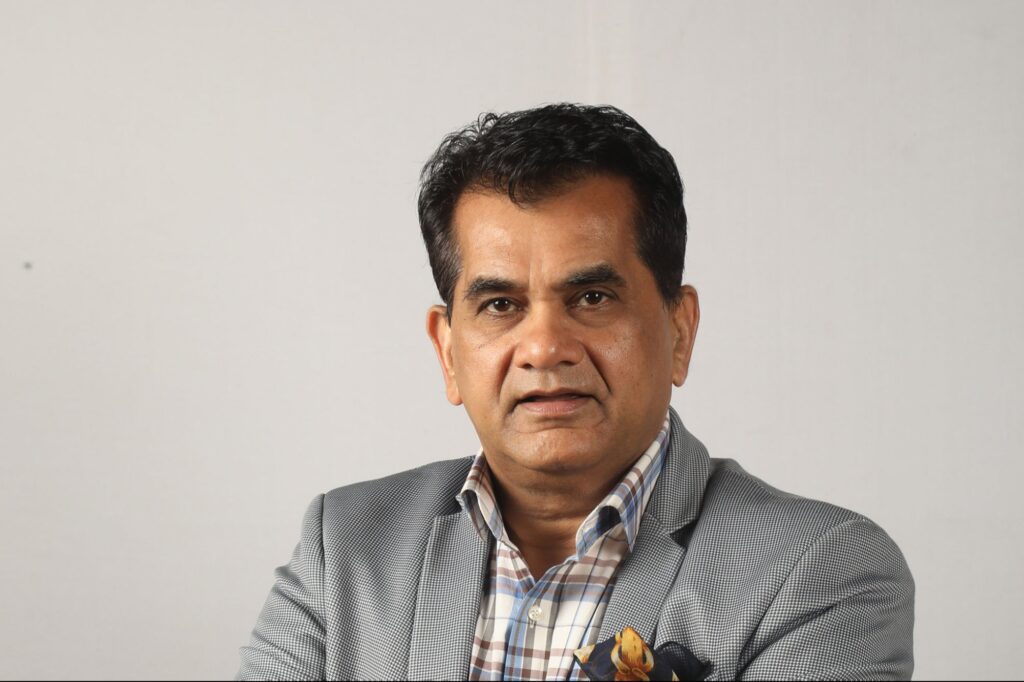Rama Krishna Sangem
Originating in 2014 at IIT Hyderabad as a single-institute effort, the waveform progressed into a national program with leading industry and academic partners, became a 3GPP Release 17 standard, and is now a mainstream 5G feature adopted by operators and vendors worldwide.
Prof. Kiran Kuchi, Department of Electrical Engineering, IIT Hyderabad, the driving force behind this success and founder of IIT Hyderabad spin-out WiSig Networks, remarked, “India’s coverage-enhancement technology—created with fellow Indian institutes and global collaborators including Qualcomm, Apple, Ericsson, Nokia, Samsung, MediaTek, DOCOMO, AT&T, Reliance Jio, Thales, and others—has become an integral part of the global standard,” said a press release from IIT Hyderabad.
We gratefully acknowledge the efforts of various organizations of Government of India, i.e. the Department of Telecommunications (DOT), the Ministry of Electronics and Information Technology (MeitY), the Department of Science and Technology (DST), and the Standards Development Organisation, Telecommunications Standards Development Society, India (TSDSI) for their steadfast support in this regard.
IIT H committed to research in wireless communications
Prof. B S Murty, Director of IIT Hyderabad, added, “IIT Hyderabad is committed to breakthrough research in the field of Wireless Communications that translates into globally adopted patents and products, propelling India toward Viksit Bharat.”
As the 6G era dawns, IIT Hyderabad and WiSig Networks are already advancing technologies such as the OTFDM waveform and Structural MIMO within the newly approved 6G Study Item. Together with Indian and global partners, we will continue to imagine, invent, and deliver the next generation of communication technologies, networks, and devices.


